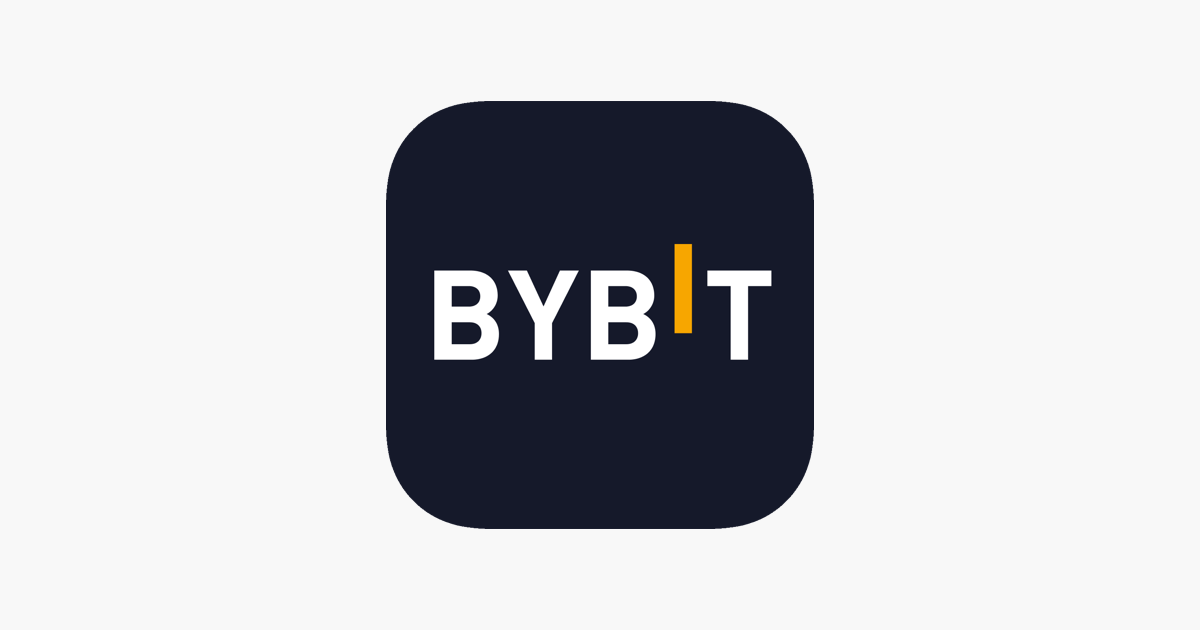Selling Covered Calls Made Easy: The Rise of Covered Call Exchange-Traded Funds (ETFs)
As investors, we're always on the lookout for strategies that generate steady income while minimizing risk. One approach that fits the bill is selling covered calls – a classic options trading technique that's gained popularity in recent years. By leveraging the power of covered call exchange-traded funds (ETFs), individual investors can now benefit from this strategy without the need for significant capital or expertise.
The Concept of Selling Covered Calls
For those unfamiliar, selling covered calls involves writing options contracts on stocks you already own. This approach allows you to collect premiums from buyers while limiting your potential losses by holding onto the underlying assets. As the options near expiration, you can either let them expire worthless and keep the premium or sell the shares at a higher price if the option is in the money.
The Drawbacks of Selling Covered Calls
While selling covered calls can be a lucrative way to generate income, there are some notable drawbacks. For one, it requires significant capital to buy enough shares to cover the options you want to sell. Additionally, you need to constantly monitor market conditions and adjust your strategy accordingly – not exactly a recipe for relaxation.
Enter Covered Call ETFs
This is where covered call ETFs come in – a game-changer for investors looking to benefit from this strategy without shouldering the burden of individual stock ownership. These funds pool investor capital to buy shares and then sell call options against those holdings, generating income through premiums. This approach offers several advantages:
* **Convenience**: No need to manage individual stocks or keep track of multiple positions.
* **Leverage**: With a smaller investment, you can gain exposure to a broader range of assets.
* **Diversification**: Covered call ETFs come in various flavors – equity-based, index-based, and sector-specific – allowing you to spread your risk across different asset classes.
The Trade-Off
While covered call ETFs offer a convenient way to generate income with some protection against market volatility, there's a trade-off. By selling calls, you're capping the potential upside of the underlying assets. This means that if the markets experience significant appreciation, your returns will be limited compared to other ETFs that don't employ this strategy.
Conclusion
Selling covered calls through exchange-traded funds (ETFs) provides an attractive option for investors seeking steady income and some protection against market fluctuations. While it may not offer the same upside potential as other ETFs, this approach can still deliver meaningful returns while minimizing risk. By understanding the benefits and drawbacks of covered call ETFs, you'll be better equipped to decide whether this strategy aligns with your investment goals.
KEY TAKEAWAYS
* Covered call ETFs can earn investors additional income through call options, serving as a buffer against market volatility.
* While covered call ETFs provide steady income, the strategy limits the potential upside that other ETFs might have.
* This reduced upside potential makes it less appropriate for those who foresee significant appreciation in the underlying assets.
* Covered call ETFs can be equity-based, index-based, or sector-specific, giving a range of choices for diversifying an investment portfolio.







